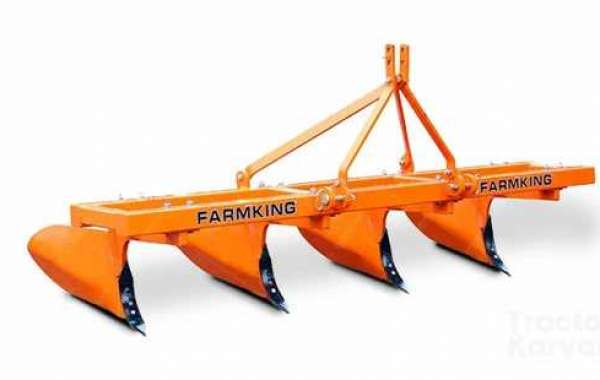Agriculture has been the backbone of the Indian economy for centuries. With the majority of the population dependent on farming, it is crucial to employ modern techniques and machinery to enhance productivity and sustainability. One such innovation that has significantly contributed to the evolution of Indian agriculture is the ridger implement. In this blog, we will delve into the significance of ridger implements in the context of Indian agriculture, exploring their benefits and impact on the farming community.
Understanding Ridger Implements
Ridger implements are agricultural tools designed to create ridges and furrows in the soil. These ridges are vital for various agricultural practices, including planting, irrigation, and soil erosion control. In India, where the landscape and soil types vary greatly, ridger implements have proven to be versatile and adaptable to different farming needs.
Benefits of Ridger Implements in Indian Agriculture
- Soil Aeration and Drainage: Ridgers create elevated ridges, allowing for better soil aeration and drainage. This is particularly important in regions with heavy rainfall, preventing waterlogging and promoting healthy root development.
- Conservation Agriculture: Ridger implements promote conservation agriculture by reducing soil erosion. The ridges act as natural barriers, preventing soil runoff and preserving the topsoil, which is rich in nutrients.
- Crop Diversification: Ridging facilitates efficient spacing between crops, enabling farmers to diversify their cultivation. This, in turn, supports crop rotation practices, preventing soil degradation and enhancing soil fertility.
- Water Conservation: By creating furrows and ridges, ridger implements help in efficient water management. Farmers can channel water directly to the roots of plants, reducing water wastage and ensuring optimal hydration for crops.
- Increased Productivity: Properly ridged fields provide a conducive environment for plant growth. With improved soil structure and water availability, crops grow healthier and yield higher outputs, ultimately increasing farmers' income.
- Time and Labour Efficiency: Ridger implements automate the process of creating ridges and furrows, saving farmers substantial time and labour. This efficiency allows farmers to focus on other essential tasks, leading to overall farm productivity.
Impact on Indian Farmers
The adoption of ridger implements has had a transformative impact on Indian farmers:
- Enhanced Livelihoods: Increased productivity and efficient land use have boosted farmers' incomes, lifting many families out of poverty.
- Sustainable Farming: Ridger implements promote sustainable farming practices by conserving soil, water, and nutrients. This ensures the long-term viability of agricultural activities.
- Technological Empowerment: Embracing ridger implements represents a step toward technological empowerment for Indian farmers. It signifies the integration of modern agricultural machinery into traditional farming methods.
Conclusion
Ridger implements have undoubtedly played a pivotal role in revolutionising Indian agriculture. By enhancing soil health, conserving resources, and increasing productivity, these tools have empowered farmers across the country. As technology continues to advance, it is essential for the agricultural sector to embrace innovations like ridger implements. Through the synergy of traditional wisdom and modern technology Tractorkarvan has come along in terms of buying and selling tractors and implements Indian agriculture can thrive, ensuring food security and sustainable livelihoods for millions of farmers.









